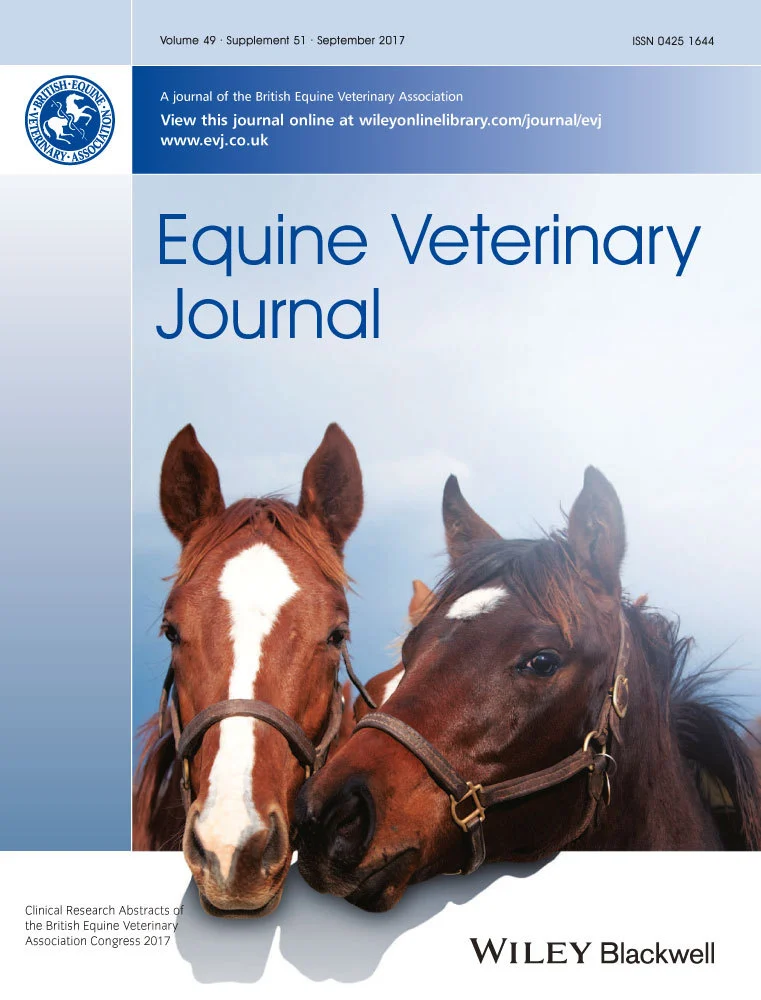Background
Arthroscopic optical coherence tomography (OCT) is a promising tool for the detailed evaluation of articular cartilage injuries. However, OCT‐based articular cartilage scoring still relies on the operator’s visual estimation.
Objectives
To test the hypothesis that semi‐automated International Cartilage Repair Society (ICRS) scoring of chondral lesions seen in OCT images could enhance intra‐ and interobserver agreement of scoring and its accuracy.
Study design
Validation study using equine cadaver tissue.
Methods
Osteochondral samples (n = 99) were prepared from 18 equine metacarpophalangeal joints and imaged using OCT. Custom‐made software was developed for semi‐automated ICRS scoring of cartilage lesions on OCT images. Scoring was performed visually and semi‐automatically by five observers, and levels of inter‐ and intraobserver agreement were calculated. Subsequently, OCT‐based scores were compared with ICRS scores based on light microscopy images of the histological sections of matching locations (n = 82).
Results
When semi‐automated scoring of the OCT images was performed by multiple observers, mean levels of intraobserver and interobserver agreement were higher than those achieved with visual OCT scoring (83% vs. 77% and 74% vs. 33%, respectively). Histology‐based scores from matching regions of interest agreed better with visual OCT‐based scoring than with semi‐automated OCT scoring; however, the accuracy of the software was improved by optimising the threshold combinations used to determine the ICRS score.
Main limitations
Images were obtained from cadavers.
Conclusions
Semi‐automated scoring software improved the reproducibility of ICRS scoring of chondral lesions in OCT images and made scoring less observer‐dependent. The image analysis and segmentation techniques adopted in this study warrant further optimisation to achieve better accuracy with semi‐automated ICRS scoring. In addition, studies on in vivo applications are required.
